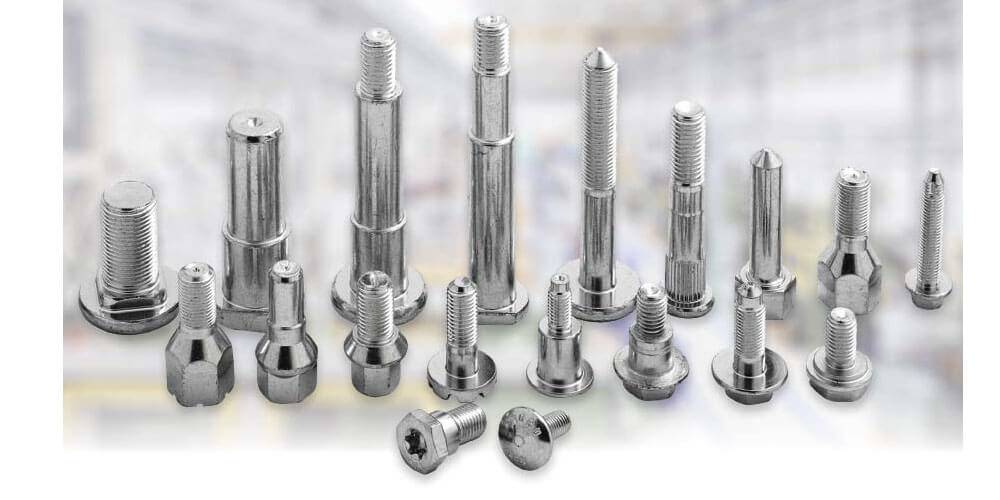Cold forming refers to a metal forming process where experts take a bar of metal and insert it into a die. After that, a closed die is used to squeeze it. This can be achieved at room temperature. The metal may also be crystallized at a specific temperature to form the desired shape.
Also known as cold forging, cold forming is an economical metal deforming extrusion process. It is often used to produce high volume parts and achieved at a low cost. The forging process occurs when the metal is exposed to three temperatures.
These temperatures include:
- Cold
- Warm
- Hot
During the forging process, experts use hammers, pressers, in addition to rollers to shape metals. Simultaneously, this can easily get confused with casting. But the truth is forging results in forming a more potent and quality product.
Understanding the difference
Cold forging deforms a bar stock. This is achievable at room temperature. Cold forging of shapes involves pounding materials and bending the dies. These materials are finally twisted into the final part. Depending on the features designed, most of the metal workpieces can pass through several dies. Others can be struck severally to acquire the appropriate shape.
Unlike hot metal forging, cold forging is useful in completing finished products. The process helps manufacturers to improve dimensional stability. The different phases of this process enhance the strength coupled with the products’ durability and other parts.
Why manufacturers prefer cold forming to warm forming
Many manufacturers prefer the cold forging process. This is because the parts involved need little work for finishing to occur. Because all the bars are also annealed before forging, there is no need or requirement for additional heat treatment before machining.
Other advantages of using cold forging in forming metal shapes include the fact that you will save material through various net shapes. The workpiece’s original weight is roughly equal to the importance of the material that has been forged.
Therefore, cold-forged parts provide an excellent level of dimensional accuracy coupled with the superior quality of surfaces. Additional economic pros of using the cold forging process include longevity. This means that it is easier than before to convince manufacturers that this forging method is the perfect option for them.
The number of products formed using cold and warm forging in the automotive industry, significantly, is increasing. Also, the shape of products is closer to the net shape. For a manufacturer to produce a high-quality metal, they need to understand the processes involved in cold forging.
Cold forming is still revolutionizing the automotive manufacturing sector in many ways. Manufacturers prefer the method to other metal forming types because it is easy to factor in the manufacturing processes.
Final Thoughts
Cold forging is still contributing to the growth of the automotive sector. The number and volume of products formed using this process are increasing. It is also crucial for manufacturers and buyers of these metals to note that using cold forging as a processing method makes it easy to determine the quality of metal produced.
